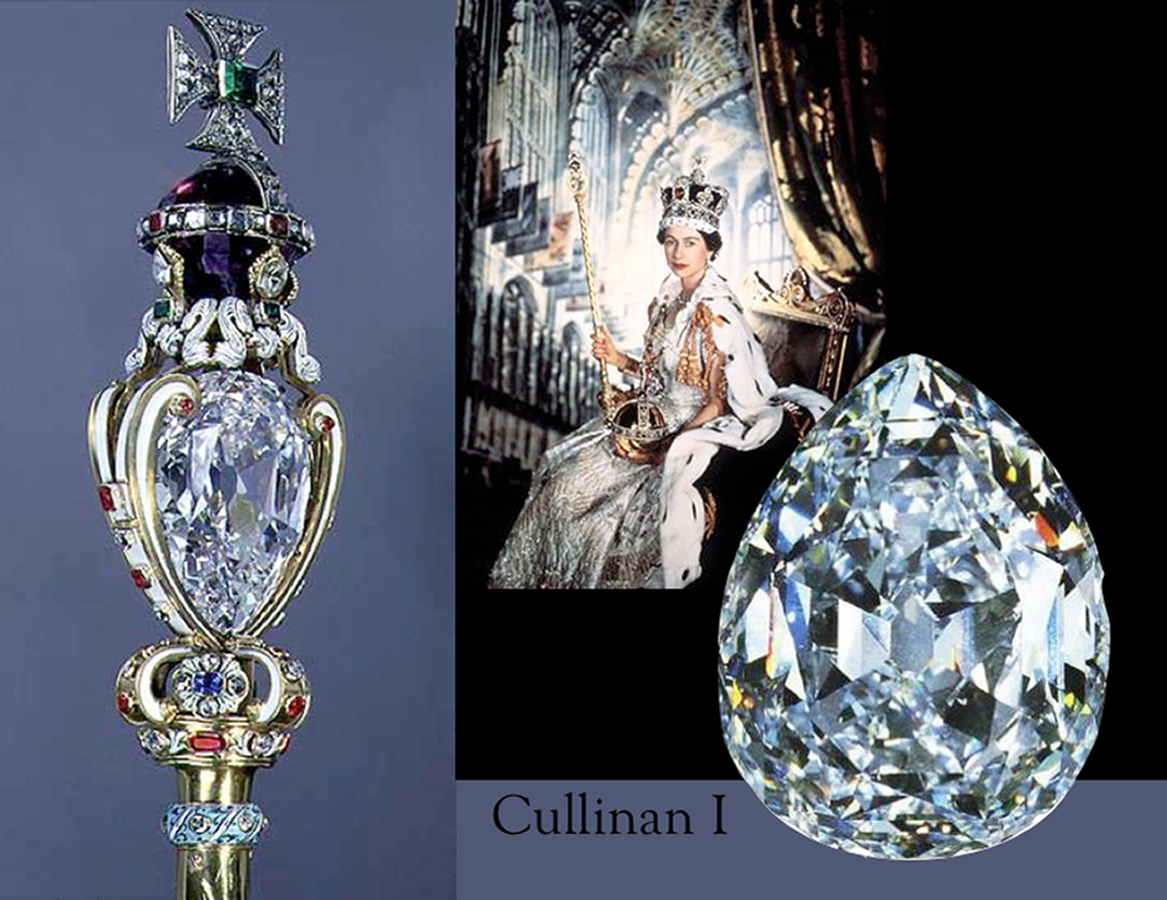
When we talk about precious stones however, that's an entirely different ballgame. There was this one piece of rough emerald, known as the 'Bahia Emerald', which was said to weigh short of 2 million carats. It's estimated worth was said to be about 400 million dollars, and yet some observers have noted that the stone was once placed on eBay for a mere 75 million. The 'Bahia Emerald'
Just this year, another large emerald rough, weighing around 360 kg was dug up from the Carnaiba mine in Bahia, Brazil. This piece is estimated to be worth around £242 million. Currently under lock and key at a hidden location, its owner is being very protective of its whereabouts due to security threats in the area.

The world's biggest gemstones, while valued at near-impossible figures, are also historical treasures unearthed from the mysterious depths of our planet.
Large rough stones, no matter how astounding in stature, still exude a sense of raw presence. Being mined straight from the earth, they often contain a multitude of mineral impurities or inclusions, showcasing a very speckled appearance. This isn't always the image that people think of when they hear the word gemstone. Faceted, transparent gems like diamonds are the more commonly associated thought when referencing the word 'gem'.

The Golden Jubilee Diamond, a yellow faceted gemstone weighing about 545.67 carats, is currently the largest faceted diamond in the world. It's followed closely by the famed Cullinan 1 diamond, outweighing it by a little over 15 carats. The latter however is a colorless diamond, which holds more value in the current market.
Discovered in the Premier mine, the Golden Jubilee is valued at 4 to 12 million dollars and was cut by Gabriel Tolkowsky whose ancestor was the father of the modern round brilliant cut used for a majority of gem-quality diamonds.

Other large stones have been found and faceted into historical pieces of jewelry, making their way into the crowns and scepters of monarchs all across the world. Records are broken almost every year, and the contest for who's got the biggest gemstone continues to this day. It's often played by the owners of mining companies or large monopolies that want to further cement their foothold in the industry. Some collectors, seeing these magnificent gems at auction, also make a bid to take them home, paying hundreds of millions of dollars just to do so.